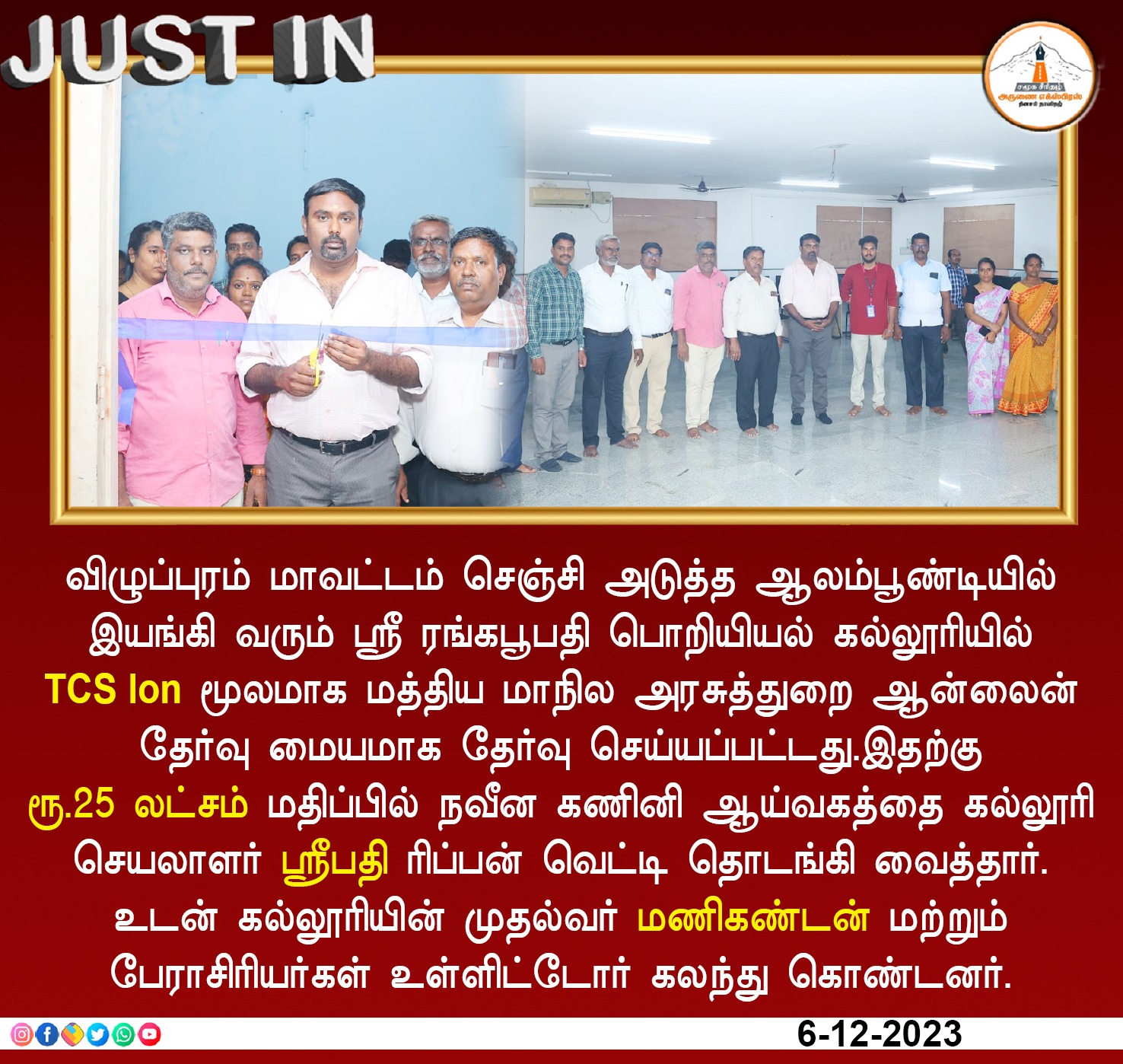Yoga Club
Sri Rangapoopathi College of Engineering (SRPCE) has 5 departments namely Mechanical Engineering, Civil Engineering, Computer Science and Engineering, Electronics and Communication Engineering, Electrical and Electronics Engineering. Approximately 1000 of students are available at a time .so we have planned to conduct the activities weekly twice or thrice in a month for each and every student to get benefit from it. In holidays also the students can make use of our college facilities. The trainer identifies and instructs the effective methods of Yoga practice
Facilities for performing Yoga are available in the campus.
Adequate number of Yoga, mats and qualified Yoga trainers are available for providing practice.
Dr. G. Chitra is the trainer who teaches the different types of Asana to the students
The International Yoga Day is observed every year.
Benefits of Yoga

Yoga improves strength, balance and flexibility. ...
Yoga helps with back pain relief. ...
Yoga can ease arthritis symptoms. ...
Yoga benefits heart health. ...
Yoga relaxes you, to help you sleep better. ...
Yoga can mean more energy and brighter moods. ...
Yoga helps you manage stress.
Yoga is a physical, mental and spiritual practice that originated in ancient India. First codified by the sage Patanjali in his Yoga Sutras around 400 C.E, the practice was in fact handed down from teacher to student long before this text arose. Traditionally, this was a one-to-one transmission, but since yoga became popular in the West in the 20th century, group classes have become the norm.
The word yoga is derived from the Sanskrit root yuj, meaning “to yoke,” or “to unite”. The practice aims to create union between body, mind and spirit, as well as between the individual self and universal consciousness. Such a union tends to neutralize ego-driven thoughts and behaviors, creating a sense of spiritual awakening.
Yoga has been practiced for thousands of years, and whilst many different interpretations and styles have been developed, most tend to agree that the ultimate goal of yoga is to achieve liberation from suffering. Although each school or tradition of yoga has its own emphasis and practices, most focus on bringing together body, mind and breath as a means of altering energy or shifting consciousness.
Need of Yoga in Education
Yoga helps students inculcate strength, endurance, confidence and a great mind-body-soul connection. The confidence thus attained through yoga is then carried into the real world and makes the student strong, compassionate and acceptable.
Objectives of Yoga Education
The main objectives of Yoga education are as follows:
To enable the student to have good health.
To practice mental hygiene.
To possess emotional stability.
To integrate moral values.
To attain higher level of consciousness

Yoga education could help to equip oneself with basic knowledge about one’s personality, to learn to handle oneself well in all life situations, to learn techniques of gaining good health, to develop a discriminative mind capable of knowing the real from the unreal and to face the dualities of life with equanimity. Yoga education can enhance all the activities of the students, be it academic or sport or social. Yoga techniques provide improved attention in studies, better stamina and co-ordination for sports and a heightened awareness and balanced attitude for social activity.













